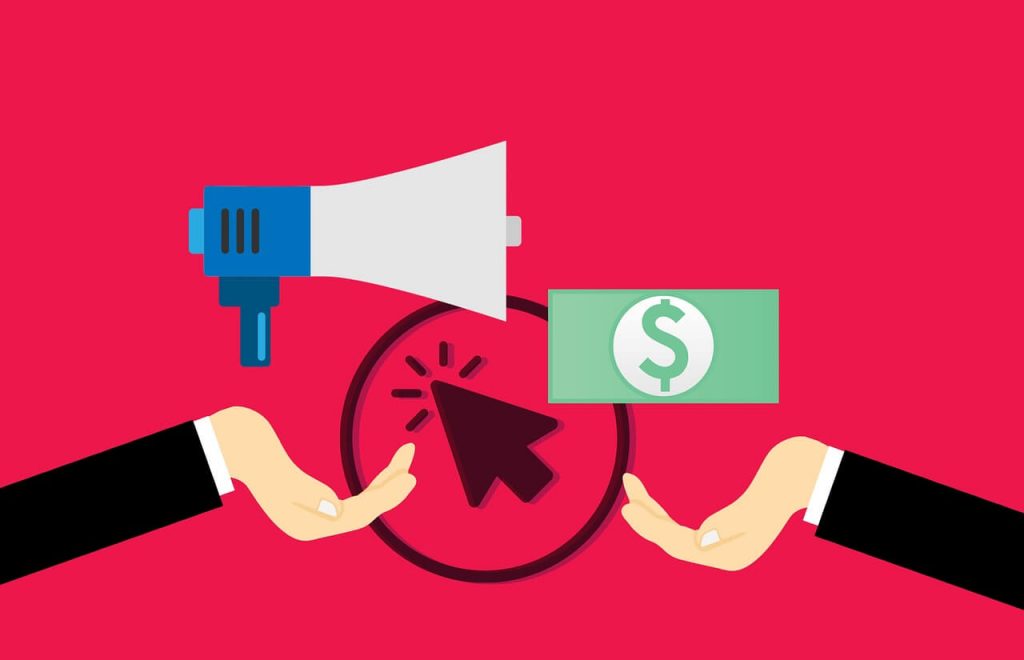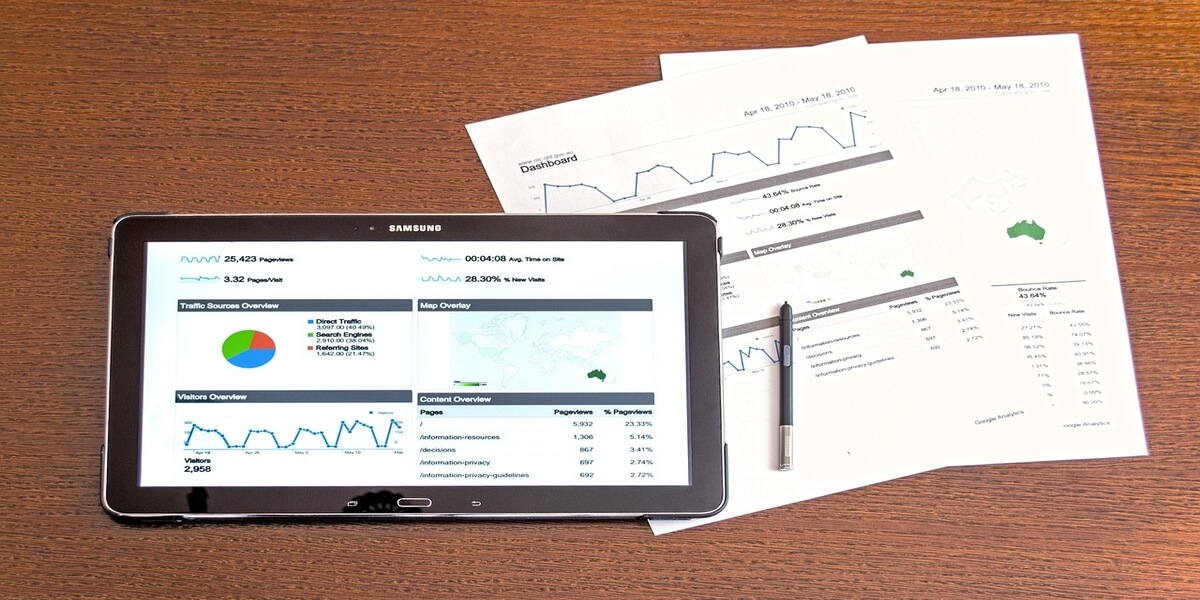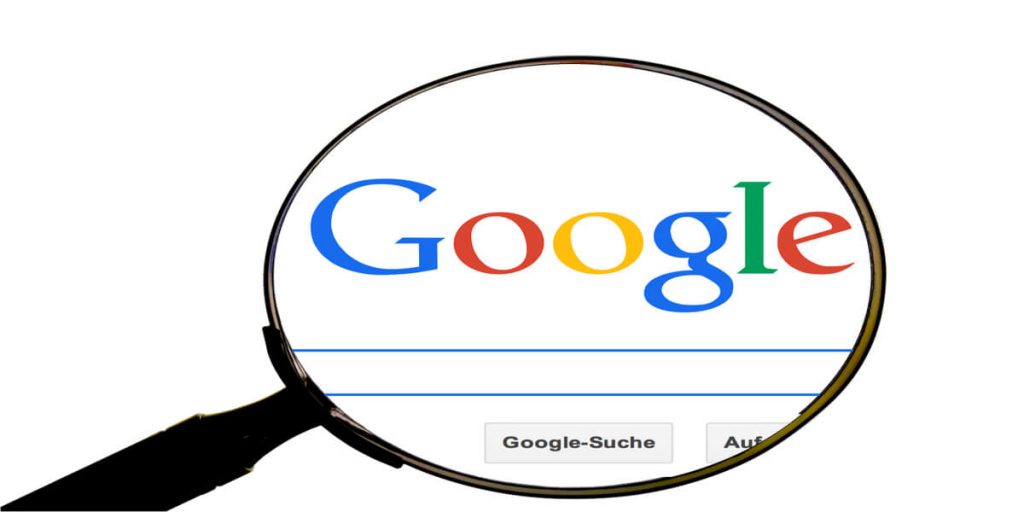On-page SEO is the process of optimizing a single page on your website. This is not to be confused with on-site SEO, which is the process of optimizing an entire website.
However, these two types of optimization are not mutually exclusive.
It’s also important mention the difference between on-page SEO vs. off-page SEO.
Off-page SEO is nothing more than another way to say link building. While on-page SEO is the foundation you need to rank, you’ll usually need a substantial off-site SEO plan to acquire backlinks to your pages and website as a whole.
Why is On-Page SEO important?
On-page SEO is crucial to do because it will help search engines like Google comprehend what your website and its content is all about. It will identify whether the content posted is relevant to all searchers’ queries, which is what can make or break your rankings.
Today, we can see that Google is now better with its complex algorithms and even understands the users look into when typing.

E-A-T content
E-A-T is a great way to organize your thoughts and content to make it more effective. It stands for Expertise, Authoritativeness,
Trustworthiness, which are the three main aspects Google raters and users would use to assess the entire webpage.
So when designing your webpage and writing content, try to follow the E-A-T order and put it into your SEO strategy.
Title tags
A title tag is an HTML tag which is located in the webpage’s head sections. These are what provide the context of what that particular content or webpage is about.
Furthermore, it’s features on the search engine results pages, seen as a clickable link.
Meta description
You’re probably already familiar with the wonders of meta descriptions, existing even during the early years of SEO.
These descriptions or meta tags can give you the opportunity t talk about what your content and webpage is in a short text. It’s displayed below the title of your page in search engine results pages.
SEO Writing
SEO writing is advantageous for both search engines and your readers. And no, it isn’t just about filing in your content with main keywords then filling out the blanks right after. You DON’T produce content just for the sake of it.
Doing content audit
It helps evaluate if your existing content accomplishes goals and gains ROI, identifies if your contents’ information is accurate and up to date, as well as helps you see what content works best for you and the webpage. Overall, content auditing helps with your strategies and should be done regularly.
Short conclusion
When it comes to optimizing your website, you have to make sure that you have the knowledge and dedication to do so.
Not only should you focus on one aspect of SEO, but in all, especially with on-page SEO. Through updating your website and following the right tips, you can begin reaching goals for your website now.















